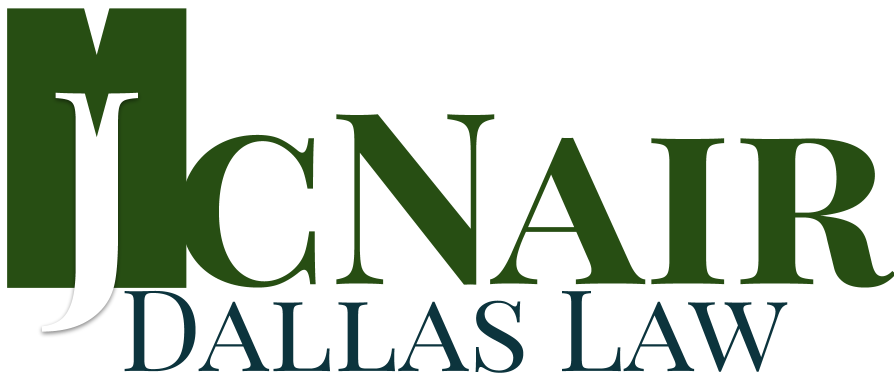Recently, Wealth Management’s article, “SECURE Act 2.0: Q&A,” reviewed information about SECURE Act 2.0, including planning opportunities, proposed IRA regulations, and commonly asked questions.
Charitable Remainder Trusts (CRT)
One common question relates to Charitable Remainder Trusts. In the case of a trust for a disabled or chronically ill beneficiary, a charity permitted to receive qualified charitable distributions (a registered charity other than a donor-advised fund), which is a remainder beneficiary, will be treated as a designated beneficiary. This allows an IRA owner to create a trust for a disabled or chronically ill beneficiary and name a charity as a remainder beneficiary while qualifying for the life expectancy stretch.
For a disabled beneficiary of an IRA, are CRTs and Special Needs Trusts Eligible for Stretch Distributions?
Because a CRT is tax-exempt, it can take the IRA benefits all at once and then make annual or more frequent payments to one or more individuals, usually for their lifetime. Payments are treated as first-in, first-out. They are considered ordinary income until the payments cumulatively equal the amount of the IRA benefits considered. After that, the nature of the payments depends upon the nature of the trust’s investment income. This effectively replicates the stretch that had previously been available. A disabled or chronically ill beneficiary or (if there’s no beneficiary who isn’t disabled) a trust for the beneficiary or a disabled or chronically ill person may stretch distributions over the life expectancy of the disabled or chronically ill person.
Can a Minor Child be Named as a Beneficiary of the CRT to Get the Stretch Benefit?
No. The actuarial value of the CRT has to be at least 10% of the value of the trust, and the payments to the beneficiaries must be at least 5% of the trust each year. Both of these requirements cannot be satisfied if the individual beneficiary is a minor. An estate planning attorney will need to run the numbers on any beneficiary under age 30 or so who might start payments. The solution is to do a term-of-years CRT for the maximum 20-year period. This will likely be less than the young beneficiary’s life expectancy, but it’s double the ten-year stretch maximum.
What about a non-spouse who inherits an IRA from an owner who had been taking Required Minimum Distributions (RMDs), and the IRA owner died before the rule changes under the SECURE Act of 2019?
The ten-year rule does not apply to this specific instance. However, if the primary beneficiary was taking life expectancy distributions and dies after 2019, their beneficiary (the successor beneficiary) will be subject to the ten-year rule. Under this ten-year rule, the successor beneficiary must continue taking life expectancy distribution (using the life expectancy that the primary beneficiary was using) and must fully distribute the account no later than ten years after the primary beneficiary’s death.
The changes created by SECURE Act 2.0 have a wide range of impacts on IRAs, certain types of charitable gifts, and estate plans. An experienced estate planning attorney will be able to address your unique situation, making the SECURE Act 2.0 regulations work for your own family’s distribution of assets.
Contact our office today to get started.
Reference: Wealth Management (Feb. 13, 2024) “SECURE Act 2.0: Q&A”




